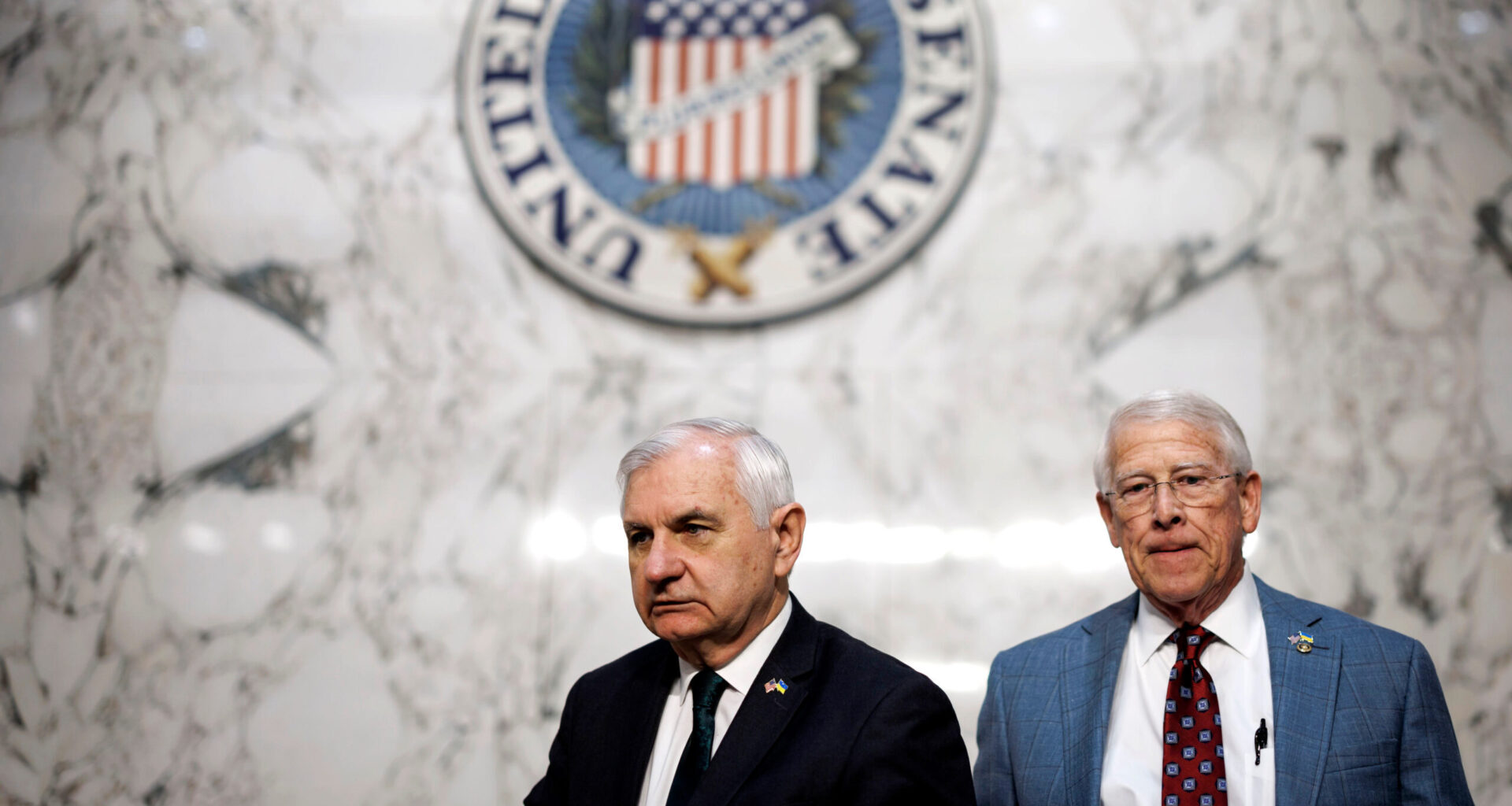WASHINGTON — The Senate finally passed its $913.9 billion version of the fiscal 2026 defense policy bill today, after lawmakers overcame a logjam on amendments that led to the legislation languishing on the floor for more than a month.
Senators voted 77-20 to approve the National Defense Authorization Act, moving the bill forward on a largely bipartisan basis.
Passage of the bill allows the House and Senate armed services committees to kick off the conference process, where lawmakers will hammer out a compromise between each chambers’ respective versions. The House passed its version of the NDAA last month.
Earlier this morning, SASC Chairman Roger Wicker, R-Miss., announced that Republican and Democrat leaders had agreed to debate 17 amendments on the floor, with offerings split between the two parties, and urged the Senate to vote on the NDAA today.
“We simply cannot delay this process any longer,” he said in a speech on the Senate floor. “Let me make it clear, if we do not bring this to the floor today, this matter will not have time for deliberation on the Senate floor, and we’ll have to basically pretend that we’re having a conference between House and Senate members, and a very small group of senators will have to write this bill and bring it to the floor for final passage. That’s not the way this ought to be done.”
During a so-called “vote-a-rama” on NDAA amendments this evening, Senate Republicans toppled an amendment that would have prohibited FY26 funds from being used to modify aircraft from a foreign government — a measure meant to prevent a Boeing 747 donated by Qatar from being converted into a new Air Force One aircraft.
“Retrofitting this foreign-owned luxury jet to make it fully operational will cost hundreds of millions of taxpayer dollars. That’s money that shouldn’t be wasted,” said Senate Minority Leader Chuck Schumer, the amendment’s sponsor.
Sen. Deb Fischer, who leads SASC’s strategic forces subcommittee, alleged that the scope of the amendment could impact the Air Force’s Survivable Airborne Operations Center program, which is using two Boeing 747s previously owned by Korean Air.
Republicans also torpedoed several Democrat-led amendments seeking to limit National Guard deployments made without the permission of a state’s governor and to put additional guardrails on how the military works with law enforcement.
One spot of bipartisanship was the passage of an amendment — offered by Sens. Tom Cotton, R-Ark., and Kirsten Gillibrand, D-N.Y. —that gives additional authorities to the Defense Department to contend with drone threats over military installations.
“Hundreds of drones have been spotted in the vicinity of military installations over the past few years, including military-sensitive sites like Langley Air Force Base,” Gillibrand said. “But current laws give the Department of Defense quite limited authority to mitigate these threats, and the patchwork of interagency coordination required to address them leaves gaps that endanger our military bases and the men and women who serve there.”
Cotton added that the language would “close the gap in law [and] simplify military guidance” on the topic.
Senators also agreed to an amendment to extend an existing prohibition on B-1 bomber retirements until the end of FY30, which Sen. John Cornyn, R-Texas, said would prevent a gap between the B-1’s sunset and the deployment of the B-21 Raider.
As the legislation now heads to conference, on the top of the agenda for HASC and SASC leadership in conference will be laying out final language on acquisition reform, the legislative priority for both committees this year.
Members of the conference will also have to address the difference in toplines between the two bills, as the Senate’s NDAA adds $32 billion more than the Pentagon’s budget request and the House version. While the NDAA does not obligate funding, its ultimate dollar figure could influence a forthcoming spending debate on whether to accept the higher defense topline backed by the Senate Appropriations Committee, which added $22 billion on top of the department’s request.
